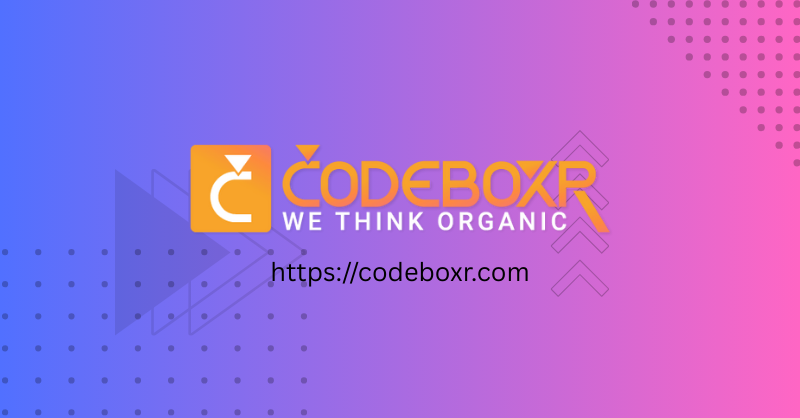উৎসের শিকড়
দীপাবলি শব্দটির অর্থ—“দীপের সারি”। পুরাণ, কাহিনি এবং লোকসংস্কৃতিতে দীপাবলির উৎপত্তি বিভিন্ন রোদের সাথে জড়িত। মূলত এটি আলো–আশার উৎসব; ধর্মীয়ভাবে জ্ঞান ও ধর্মের বিজয়কেও প্রতীক করে। নিচে সবচেয়ে প্রচলিত ব্যাখ্যাগুলো এক ঝলকে দেওয়া হলো।
রামায়ণ: অযোধ্যায় রামের প্রত্যাবর্তন
রামের ১৪ বছরের বনবাস ও রাবণবধের পরে অযোধ্যায় প্রত্যাবর্তনের গল্পটি সবচেয়ে জনপ্রিয়। লোকেরা রামকে বরণ করতে অগণিত প্রদীপ জ্বালায়—সেই থেকে দীপাবলির প্রচলন বলে ধরা হয়। এটি ন্যায় ও সত্যের বিজয়ের প্রতীক।

কৃষ্ণ ও নরকাসুরবধ
দক্ষিণ ভারতে প্রচলিত কাহিনী অনুযায়ী, কৃষ্ণ নারকাসুর নামক অসুরকে পরাস্ত করে। এই ঘটনাকে সামনে রেখে দক্ষিণ ও কিছু অন্যান্য অঞ্চলে “নরক চতুর্দশী” বা ছোট দীপাবলি উৎসব করা হয়—অন্যায়ের উপর শুভ শক্তির জয় হিসেবে।
মা লক্ষ্মী ও ব্যবসায়িক প্রথা
কয়েকটি ঐতিহ্যে দীপাবলিকে মা লক্ষ্মীর আবির্ভাব বা তাঁর পুজোর দিন হিসেবে দেখা হয়। ব্যবসায়ীরাও এই দিনে নতুন হিসাব খোলা বা বছরের আর্থিক শুভ সূচনা করে। ঘরবাড়ি পরিষ্কার করে আলো করাও সমৃদ্ধির আহবান হিসেবে দেখা হয়।
জৈন ও শিখ ঐতিহ্য
- জৈন ধর্মে: এটি তীর্থঙ্কর মহাবীরের নির্বাণ দিবস হিসেবে পালিত।
- শিখ ধর্মে: গুরু হরগোবিন্দের কারাগার থেকে মুক্তির স্মৃতিতে দীপাবলির তাৎপর্য রয়েছে।
প্রতীকী অর্থ ও আচরণ
দীপাবলি কেবল বাহ্যিক আলোর উৎসব নয়; এটি অন্তর্দীপ্তির প্রতীক—অন্ধকার থেকে আলো, অজ্ঞান থেকে জ্ঞান, ক্ষুধা-লোভ থেকে শালীনতার দিকে এগোনোর ইঙ্গিত। প্রচলিত কর্মকান্ড: ঘর পরিচ্ছন্ন করা, নতুন জামাকাপড়, উপহার বিনিময়, মিষ্টি বানানো এবং পারিবারিক মিলন।
“আলো জ্বালানো মানে কেবল ঘর নয় — নিজের অন্তরের অন্ধকারও দূর করা।”
আঞ্চলিক বৈচিত্র্য
ভিন্ন অঞ্চলে দীপাবলির রূপ আলাদা—কিন্তু বার্তাটি একই। উদাহরণস্বরূপ:
- উত্তর ভারত: রামের অযোধ্যা প্রত্যাবর্তন স্মরণ করে মুখ্য উদযাপন।
- দক্ষিণ ভারত: নরকাসুরবধের স্মরণে নরক চতুর্দশী উদযাপিত হয়।
- পশ্চিম ভারত: ব্যবসায়িক নতুন বছরের সূচনা ও লক্ষ্মীপূজার প্রতি জোর।
- পূর্ব/বাংলা: একই সময়ে কালীপূজা বা দুর্গার কিছু রীতির সাথে মিল পাওয়া যায়।
আধুনিক রূপ
আজকের দীপাবলি রঙিন আলো, আতশবাজি, ডিজাইন করা রাংক্তি, এবং সামাজিক মিলনের উৎসব—তবু এর মৌলিক বার্তা অপরিবর্তিত: আশার আলো ছড়ানো এবং ভালোবাসা-বণ্টন। আধুনিক অনুশীলনে পরিবেশ সচেতনতা, নিরাপত্তা এবং সামাজিক সংযমও একটি গুরুত্বপূর্ণ অংশ হয়ে উঠেছে—বিশেষত পেট্রোল বোমা-ফাটাক কম হওয়া, এবং ইকো-বন্ধুভাবাপন্ন প্রদীপ ব্যবহার বাড়ানো।
প্রশ্ন ও উত্তর
- প্রশ্ন: দীপাবলি কখন পড়ে?
- উত্তর: হিন্দু পঞ্চাং অনুযায়ী আওরাত্র পাতার (Kartika মাসে) অমাবস্যার দিন (নৈশ) দীপাবলি পালিত হয়। গ্রেগরিয়ান ক্যালেন্ডারে এটি অক্টোবর বা নভেম্বর মাসে আসে; সাল বদলে তারিখ ভিন্ন হয়।
- প্রশ্ন: দীপাবলির প্রধান রীতি কী কী?
- উত্তর: ঘর পরিষ্কার, প্রদীপ জ্বালা, লক্ষ্মীপূজা, মিষ্টি ও উপহার আদান-প্রদান, আতশবাজি (যদি নিরাপদ হয়) ও সামাজিক মিলন প্রধান রীতি।
- প্রশ্ন: পরিবেশ-বান্ধব দীপাবলি কিভাবে করা যায়?
- উত্তর: বায়ুদূষণ কমাতে আতশবাজি সীমিত ব্যবহার, ইকো-ফ্রেন্ডলি প্রদীপ ও লাইটিং, স্থানীয় ও প্রাকৃতিক মিষ্টি-উপহার এবং সবার নিরাপত্তাকে অগ্রাধিকার দেওয়া উচিত।
Self Promotion
Since 2011, Codeboxr has been transforming client visions into powerful, user-friendly web experiences. We specialize in building bespoke web applications that drive growth and engagement. Our deep expertise in modern technologies like Laravel and Flutter allows us to create robust, scalable solutions from the ground up. As WordPress veterans, we also excel at crafting high-performance websites and developing advanced custom plugins that extend functionality perfectly to your needs. Let’s build the advanced web solution your business demands.

